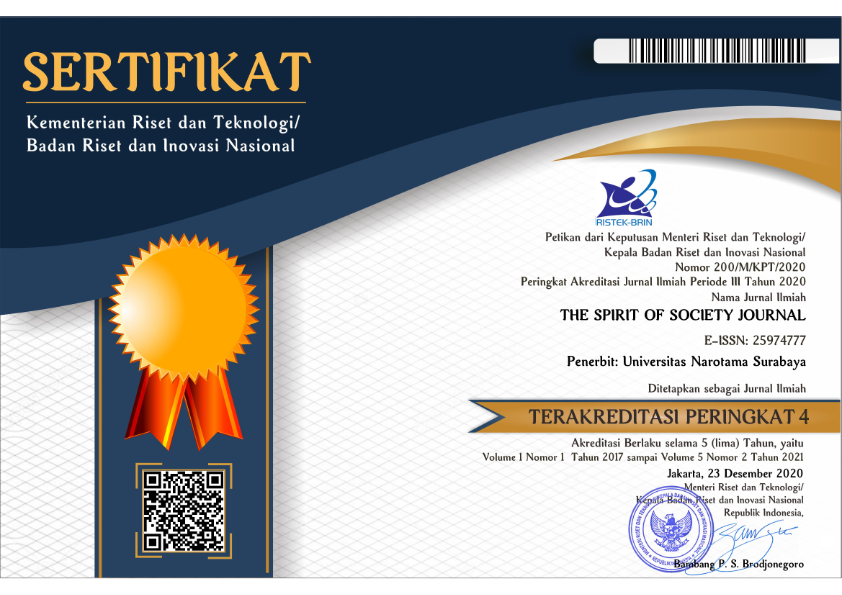Study of Selection of Bus Mode and Rail Train Surabaya – Malang
Abstract
The need for transportation facilities and infrastructure that is quite large in the city of Surabaya to the city of Malang is the impact of population growth and increased activity in the city. To support economic, social, trade and education activities between the two cities, public transportation facilities are needed that can meet the needs of the community in terms of comfort and safety. Fulfillment of comfort factors in the use of public transportation such as cheap travel costs, speed of travel time, and accuracy of operational schedules, is expected to increase the interest of travelers to use public vehicles more often than private vehicles. The analysis method used, among others, Descriptive Analysis aims to identify the characteristics of users of the Surabaya-Malang and bus modes, then the Logistic Regression Analysis and Binomial Logit Difference Analysis aim to Obtain a model of selection of bus and train modes in the Surabaya-Malang route, then proceed Sensitivity Analysis which aims to determine the sensitivity of the model of the response of the traveler in determining the choice if there is a change in each attribute of the trip. The results of logistic regression analysis and binomial logit difference, it can be concluded that, attribute / variable X2 (travel time) is the attribute / variable that most influences the mode selection. The sensitivity analysis results can be concluded as follows: Sensitivity to travel costs, the possibility of respondents prefer to use the train mode is greater than the bus. Sensitivity to time, the possibility of respondents prefer to use the train mode is greater than the bus. Sensitivity to the departure schedule (headway), the possibility of respondents choosing to use the train mode will be greater than the bus, if the difference in the headway is between 90-165 minutes. However, if the difference in headway is above 165 minutes, then the respondent will switch to choosing the bus mode.
Downloads
Copyright (c) 2020 THE SPIRIT OF SOCIETY JOURNAL

This work is licensed under a Creative Commons Attribution-ShareAlike 4.0 International License.












